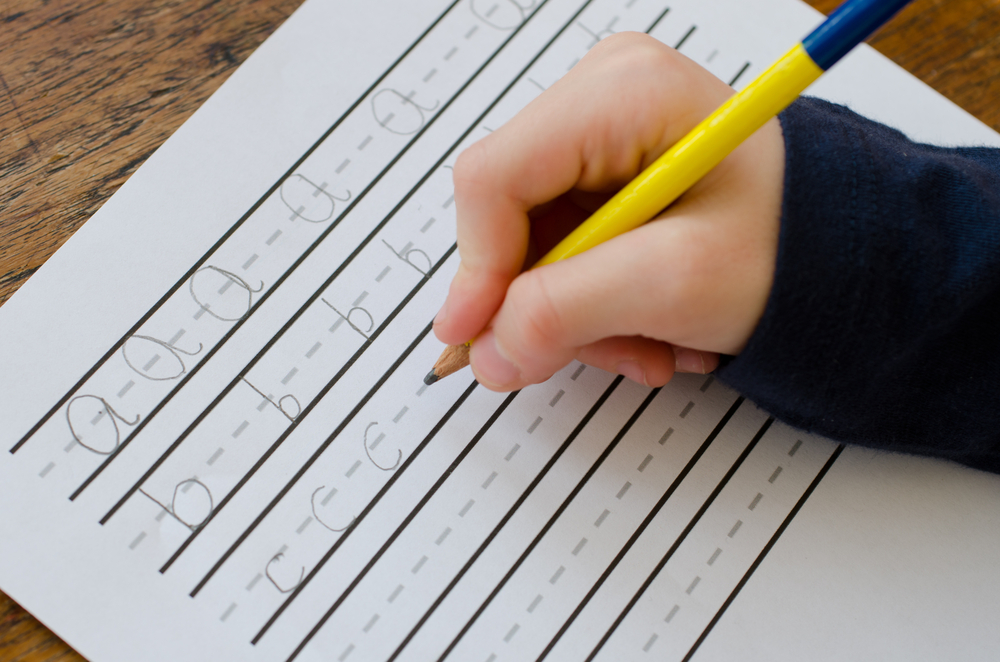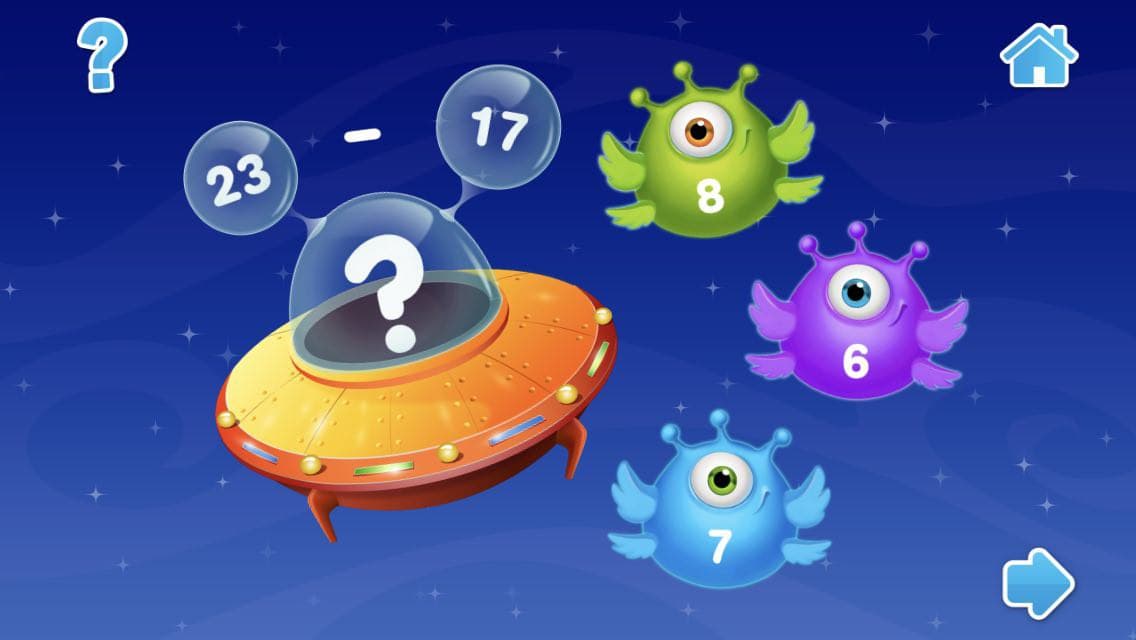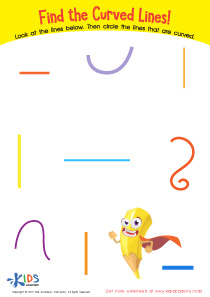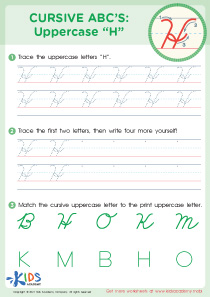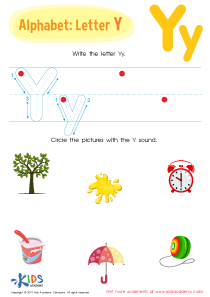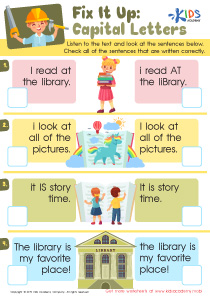Letter Tracing Practice Tracing Letters Worksheets for Ages 3-4
5 filtered results
-
From - To
Kickstart your child's writing journey with our Letter Tracing Practice Tracing Letters Worksheets for Ages 3-4. These meticulously designed worksheets help preschoolers develop essential fine motor skills and recognize letters smoothly. Watching their confidence grow as they trace and master each letter will warm your heart. The fun, engaging activities keep young learners motivated, while aiding in hand-eye coordination and pencil control. This foundational skill set paves the way for successful handwriting. Each worksheet is enjoyable, interactive, and conducive to making learning a delightful experience. Ready to boost your child's literacy skills? Download your tracing letters worksheets today!


Lowercase Letters j k l Worksheet
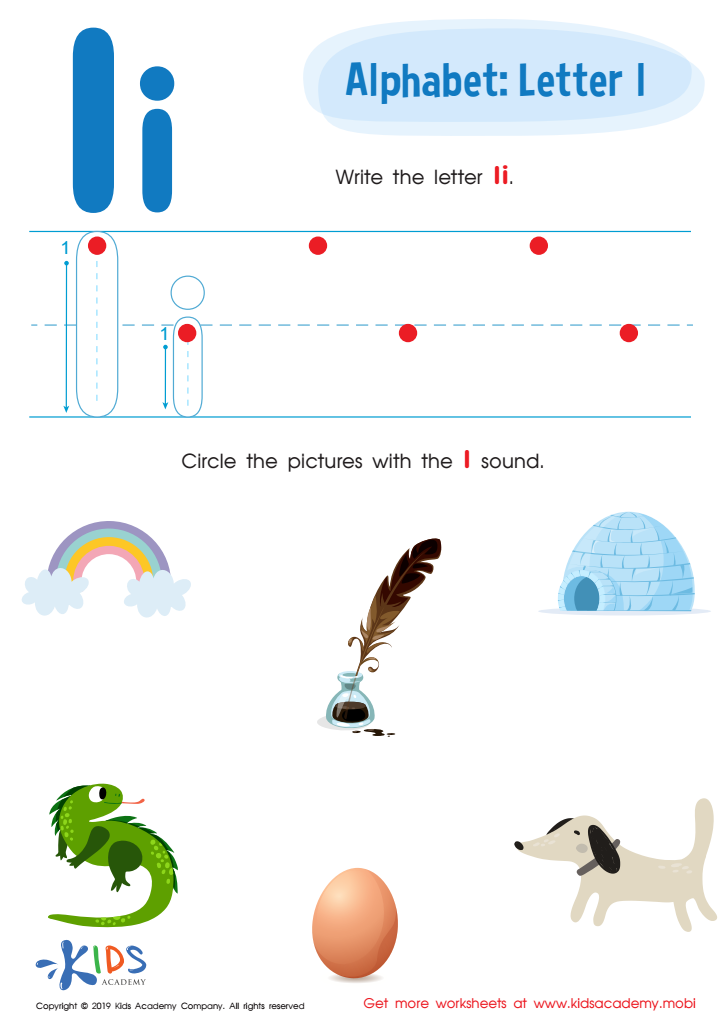

Letter I Tracing Worksheet
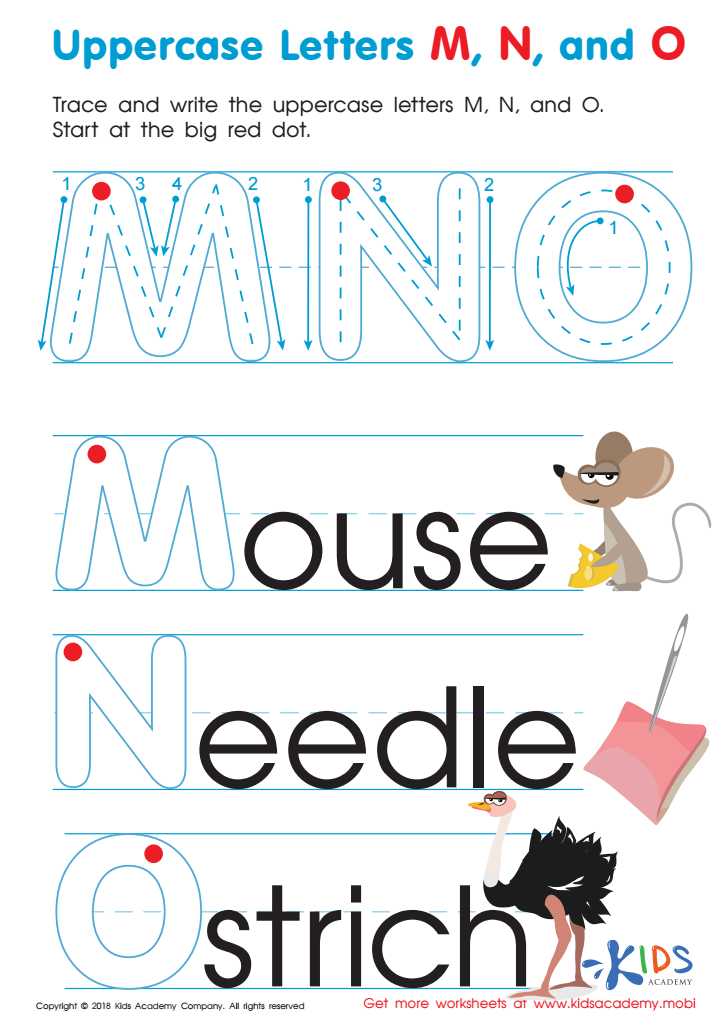

Uppercase Letters M, N, and O Worksheet
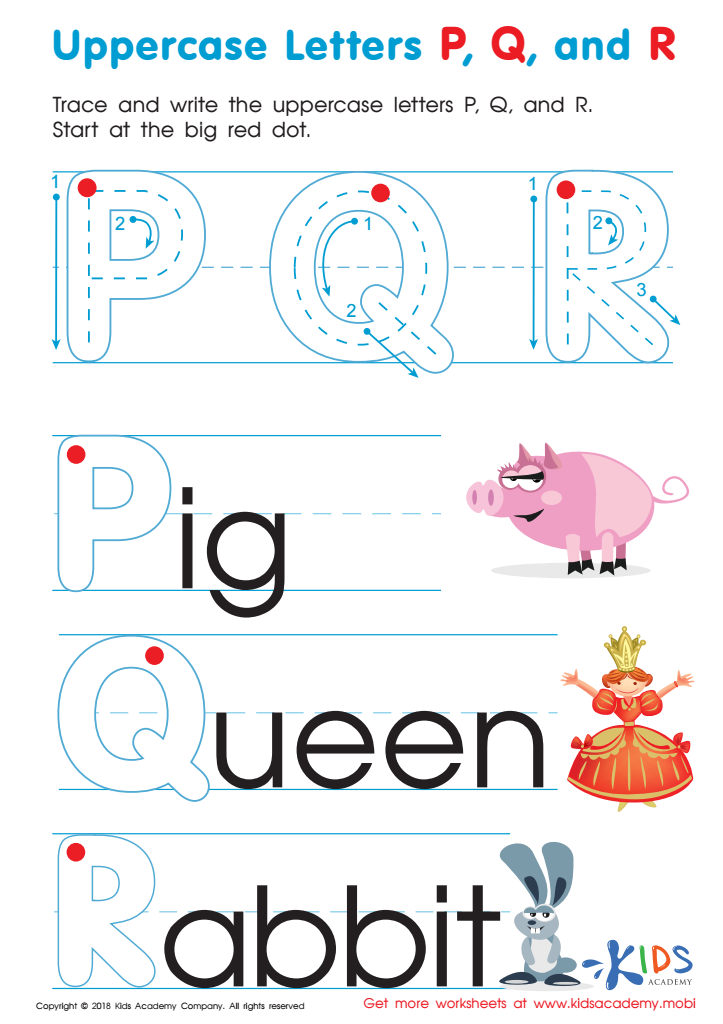

Uppercase Letters P, Q, and R Worksheet
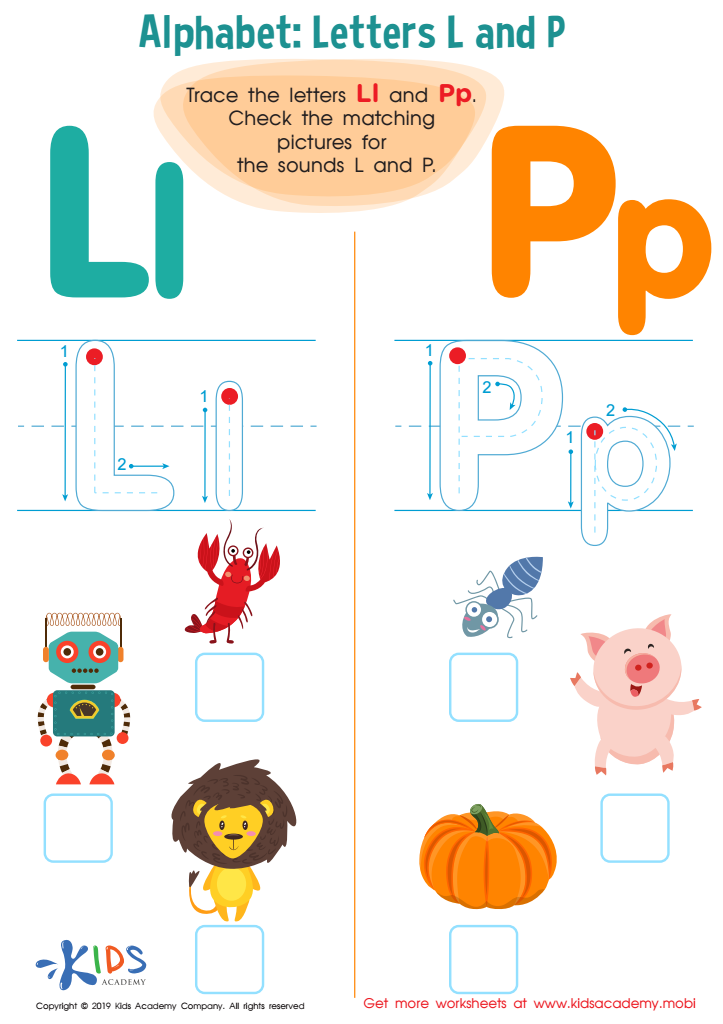

Letter L and P Tracing Worksheet
Parents and teachers should care about letter tracing practice for ages 3-4 because it lays the foundational skills critical for early literacy and fine motor development. At this age, children are just beginning their educational journey, and developing strong pre-writing skills is essential for their future academic success. Tracing letters helps children recognize and remember the shapes of each letter, which is a crucial step in learning to read and write.
Moreover, letter tracing is an engaging activity that enhances fine motor skills and hand-eye coordination. As children learn to control their hand movements to follow the contours of each letter, they build muscle memory and dexterity, which are important for performing more complex tasks like handwriting.
Cognitive benefits are significant as well. Letter tracing involves focus, concentration, and the ability to follow instructions, which are integral skills not just for literacy, but for overall learning. When parents and teachers emphasize letter tracing, they support a child's holistic development in a structured yet enjoyable manner.
Additionally, making letter tracing a consistent practice fosters a positive learning environment and instills a love for learning at a young age. Engaged and confident children in early education are more likely to succeed and feel motivated throughout their schooling life.
 Assign to My Students
Assign to My Students




